The annual CES is becoming more and more important for car manufacturers and tech companies to show their latest automotive innovations and technology. This year the Consumer Electronics Show in Las Vegas attracted more car manufacturers than ever before. The tech industry has gone wild for connected, self driving and futuristic vehicles!
We spent two days at this show that features everything from new televisions and drones to the hottest new start ups. Our overview of top 10 trends and innovations contains examples of concept cars and demo systems that we saw and in some cases experienced first hand in Las Vegas.
10. Augmented Reality
When the real and virtual world mixes you get augmented reality and Volkswagen’s Intuitive Usability concept shows an augmented reality based navigation system at the CES. The system projects overlays and navigation directions directly onto the road in front to help the driver navigate and provide additional information.
Example: Volkswagen Intuitive Usability Concept

9. Delivery of the Future
With online shopping booming like never before logistics companies and car, truck and van manufacturers are working on solutions to streamline and improve efficiency of the delivery process. At the CES we saw two solid examples of how “the last mile” can be automated using drones and autonomous robots.
Example: Mercedes-Benz Vans & Robots Concept
Mercedes-Benz created this prototype in cooperation with Starship Enterprises. It is essentially a Mercedes-Benz sprinter van equipped with several loading bays for standardized packages that can be loaded in autonomous robots who then deliver the package to your doorstep. Ideal in sub-urban environments up to 8 robots use the van as a mothership and deliver packages simultaneously. The robots drive only 6 km/h and use the pavement. When the robot arrives you get a notification at your phone and it unlocks the loading bay. You take the package out and the robot returns to the mothership to pick up a new package. It is currently being tested and it looks promising that this system will be employed around the world in just a few years.
Example: Mercedes-Benz Vision Van
Forget robots, hello drones. The Mercedes-Benz future van is a future version of the concept above but instead of using robots it uses drones. It is completely electric with a battery good for about 168 miles. The roof features two delivery drones and inside, a package dispenser, special robot-operated racking systems, and a computer terminal.
8. Fitness Apps and Health Monitoring for the Car
New technology allows future cars to monitor and track their occupants and engage fitness programs using the seats or warn in case of health issues. Mercedes-Benz showed a S-Class dubbed Fit & Healthy Concept.
Example: Mercedes-Benz Fit & Healthy Concept
7. Holographic Displays
After buttons, levers, touch screen, voice controls and gesture controls there is a new type of controller coming that will allow the driver or passenger to interact with the vehicle. Holographic displays allow designers to create buttons and displays that seem to float in space. We had a chance to experience the holographic display from automotive supplier Denso and that one even provided haptic feedback. BMW displayed another example called BMW HoloActive Touch.
Example: BMW HoloActive Touch
6. Car Wallet
With the era of autonomous cars moving closer there are still a lot of problems to be solved. One of them is how do autonomous cars pay for electricity, parking, tolls and other services? ZF came up with one idea to solve this problem and dubbed it the ZF E-Wallet. Using blockchain and near field technology it allows the car to be connected to a bank account, credit card or pre paid balance from which the car can automatically pay for essential services and earn money with your car by sharing it with others when you don’t need it.
5. Autonomous Car Interior Design & Future User Experience
With the level of autonomy offered by production cars growing every month there is a new question car manufacturers try to answer. If the driver no longer has to drive how do we shape the car’s interior and the user experience. At the CES we saw two solid examples from two different companies on how they picture the interior design of the future and the future user experience.
Example: BMW i Inside Future
The focus of BMW’s concept is the user friendly experience. Connectivity is key here with a natural expansion of what BMW already does. The book shelf is a red-herring, the actual technological break-through is entire interior which is geared towards autonomous driving. BMW also debuts Voice control and the HoloActive Touch system which uses holographic images for gesture control.
Example: Toyota Concept-I
Toyota’s concept also focuses on the user experience. It features artificial intelligence and a fully automated driving experience. Although the marketing blurb indicates a 2030 release date, Toyota have virtually no plans to actually produce this unique design piece.
4. HD & 3D Maps
High definition maps are essential for autonomous driving. With the latest generation maps from Here car manufacturers like Mercedes-Benz can pinpoint the position of their vehicles on the road with only centimeters of error compared to multiple meters with GPS. Using poles and other fixed elements the car can recognize the position on the map even when the GPS or mobile signal is weak.
3. Driver Understanding
A hot topic at this year’s CES is driver understanding – using artificial intelligence and advanced sensors various suppliers and manufacturers presented their take on this important topic.
Example: Nvidia Facial Recognition
One example comes from Nvidia with their facial recognition system which recognizes in which direction a driver is looking and can reads lips when the driver provides voice controls. This allows the system to warn the driver when a vehicle or obstacle is there were he isn’t looking and lip reading helps improve the accuracy of voice control systems significantly.
2. Electric Mobility
E-mobility is not new but more and more companies are pushing it to new levels. The most interesting concepts were displayed by Faraday Future and the new Mercedes-EQ brand. Mercedes-EQ plans to have at least 6 full electric cars by 2025. Faraday Future displayed their 1,000hp+ four door that looks a bit like a mix between DS and a Lexus.
Example: Faraday Future
Example: Mercedes-EQ Concept
1. Artificial Intelligence and Deep Learning
Artificial intelligence plays an increasing role in the development of autonomous driving systems. Knowing where to go and what to do cannot be programmed from scratch so Mercedes-Benz and suppliers like Nvidia are applying AI and deep learning algorithms to develop and operate their systems.
Mercedes-Benz gave us a demonstration of how their latest system for autonomous cars works. The engineers thought the system individual elements in the world like roads, sidewalks, traffic lights, pedestrians, cyclists, cars, trucks etc. The system then applies what it learned to recognize these elements on the road. It even recognizes pedestrians by seeing just the head or part of a cyclists wheel. Even under difficult circumstances like darkness and rain it managed to identify all individual elements and it is impressive to see how far this has come from the general identifications of other vehicles only a few years ago.

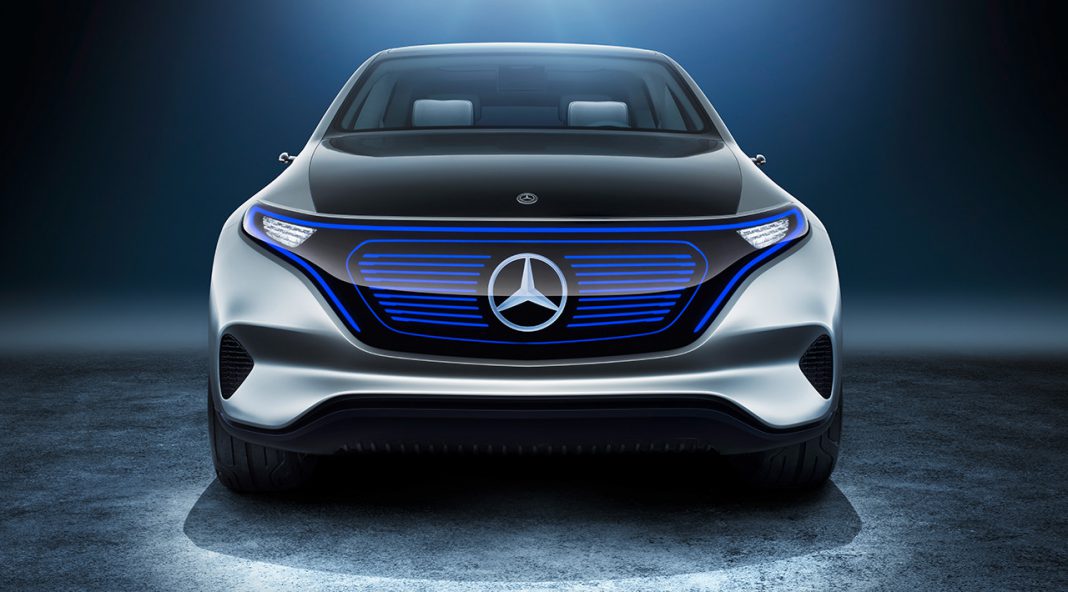
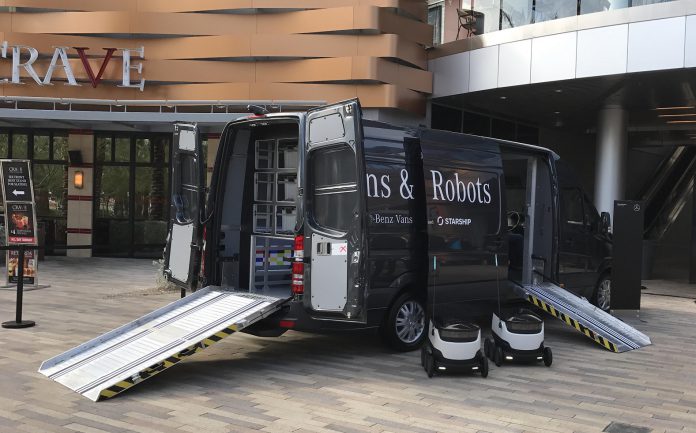
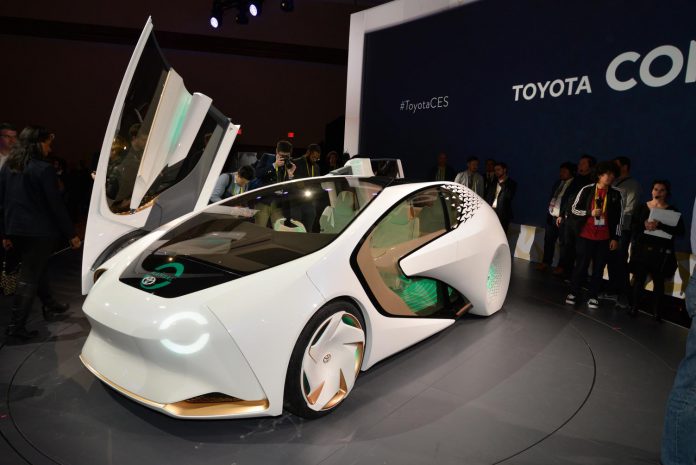

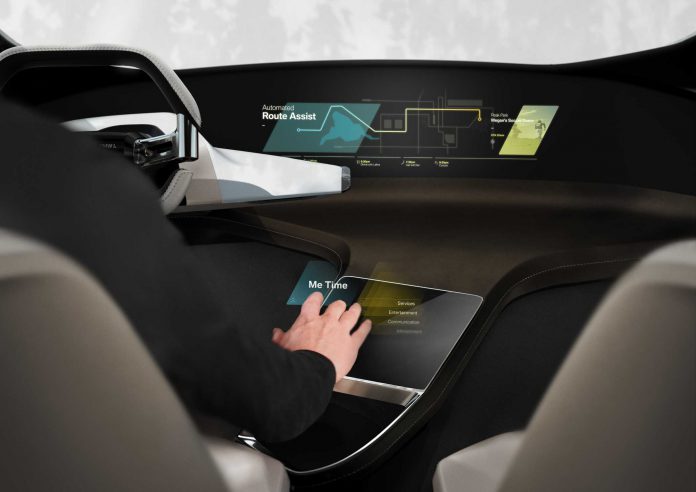
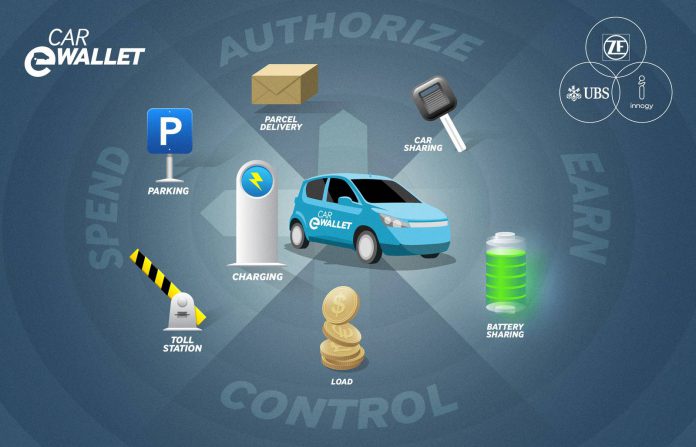
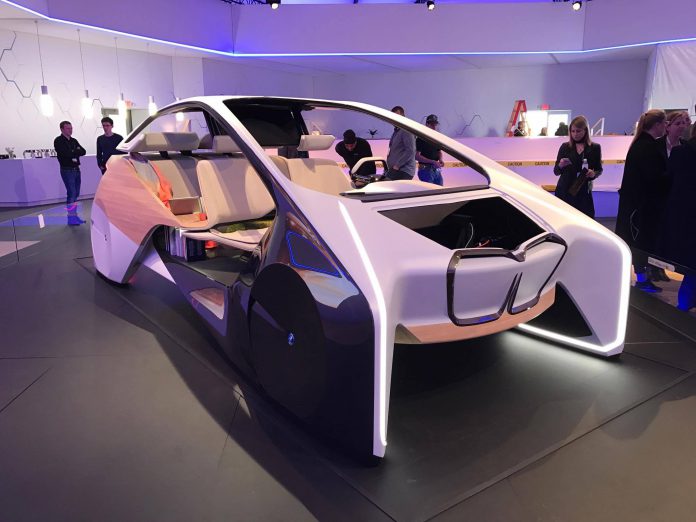
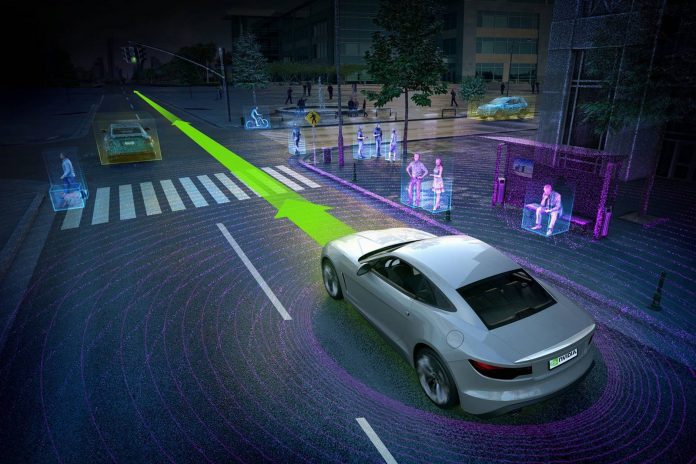
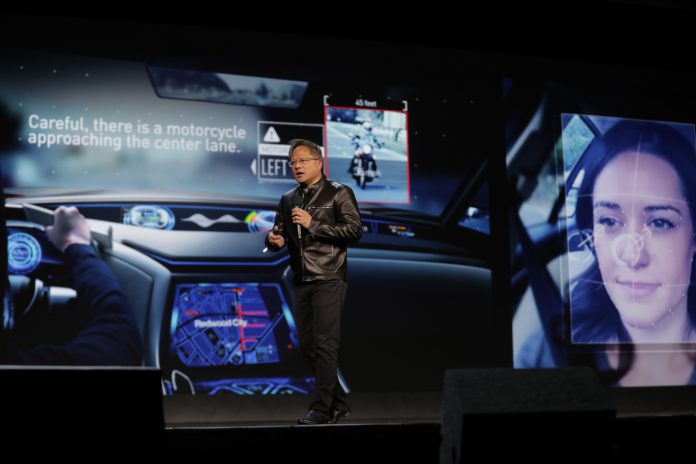
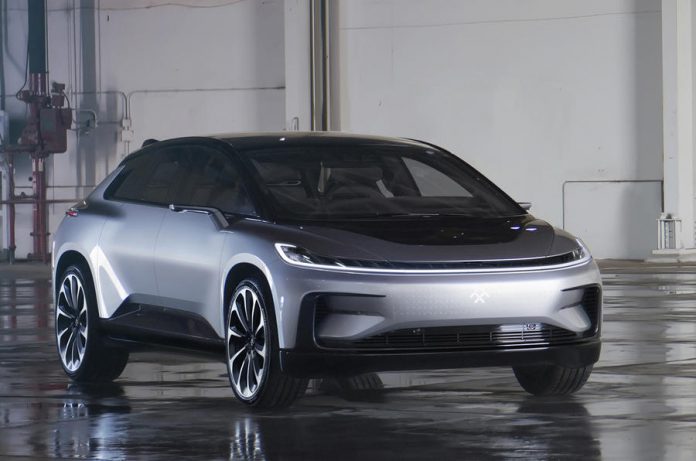
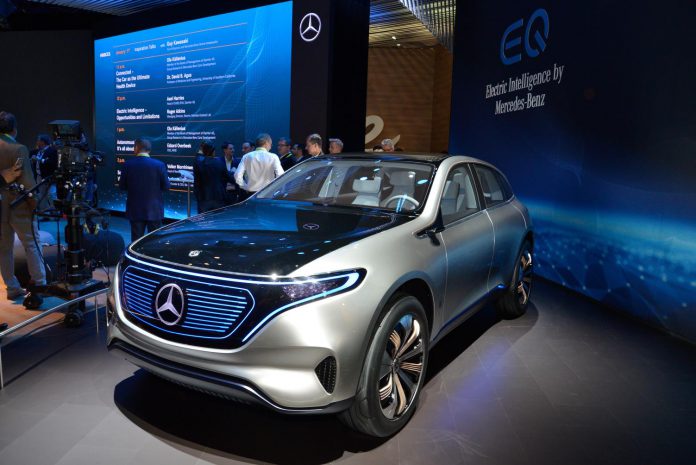











nice